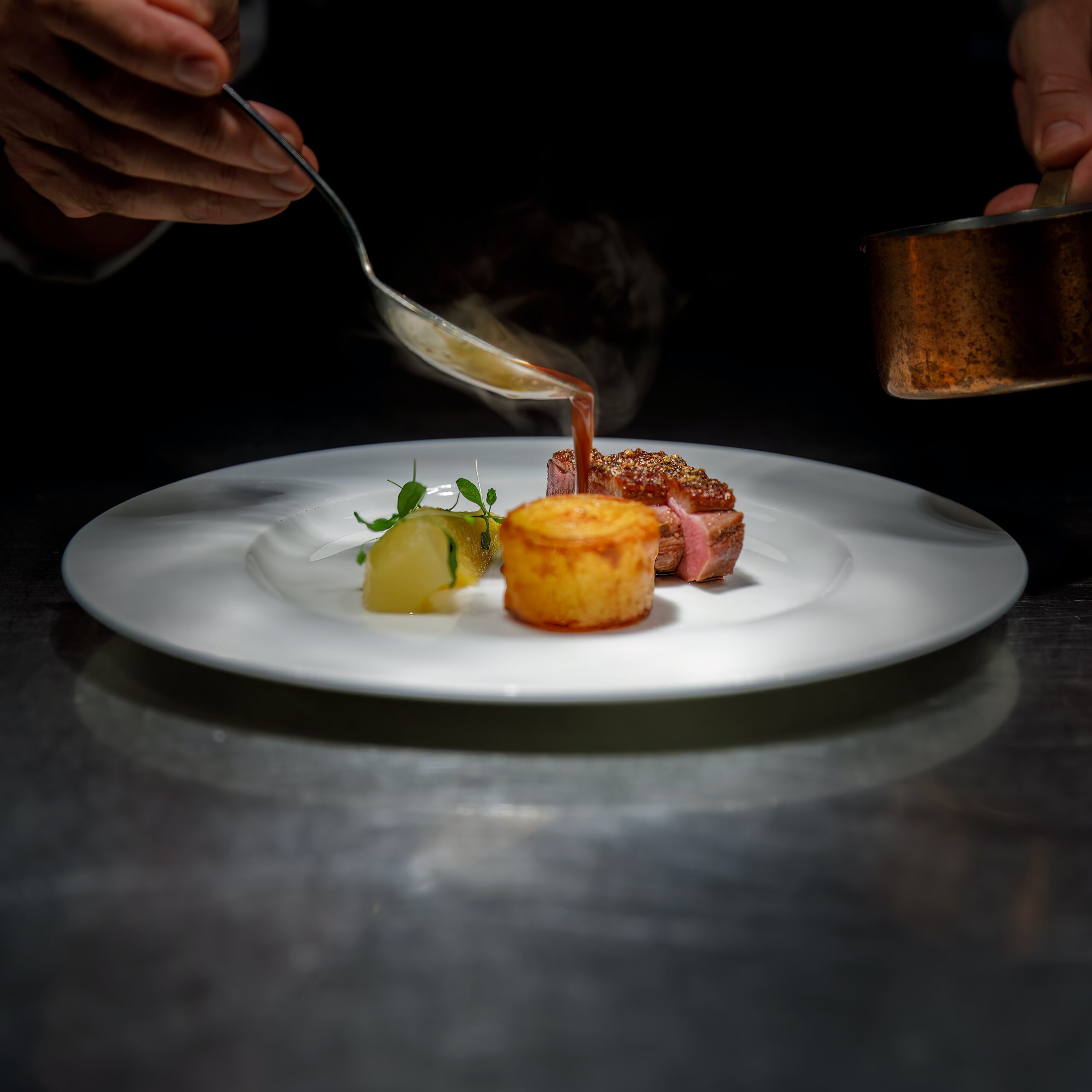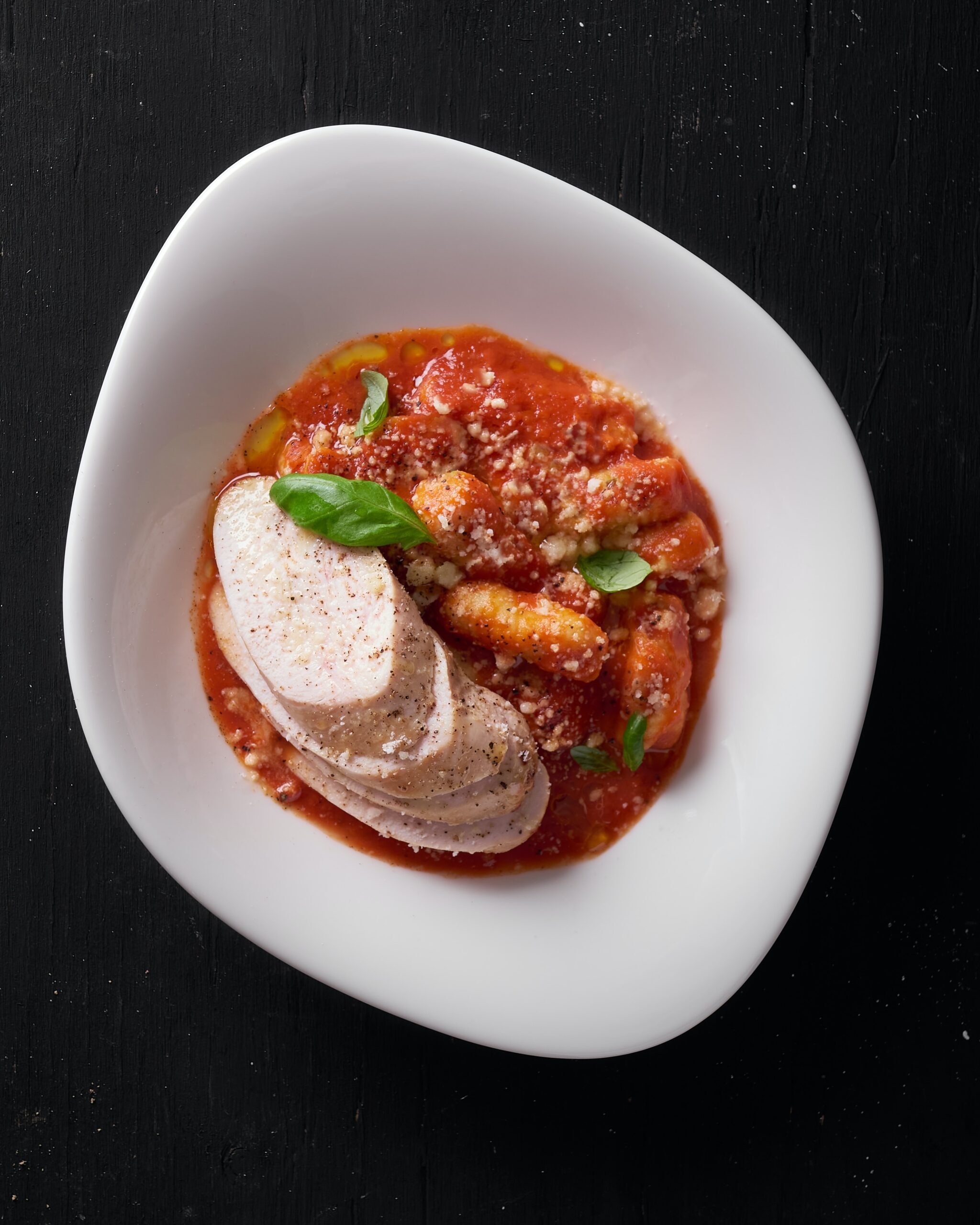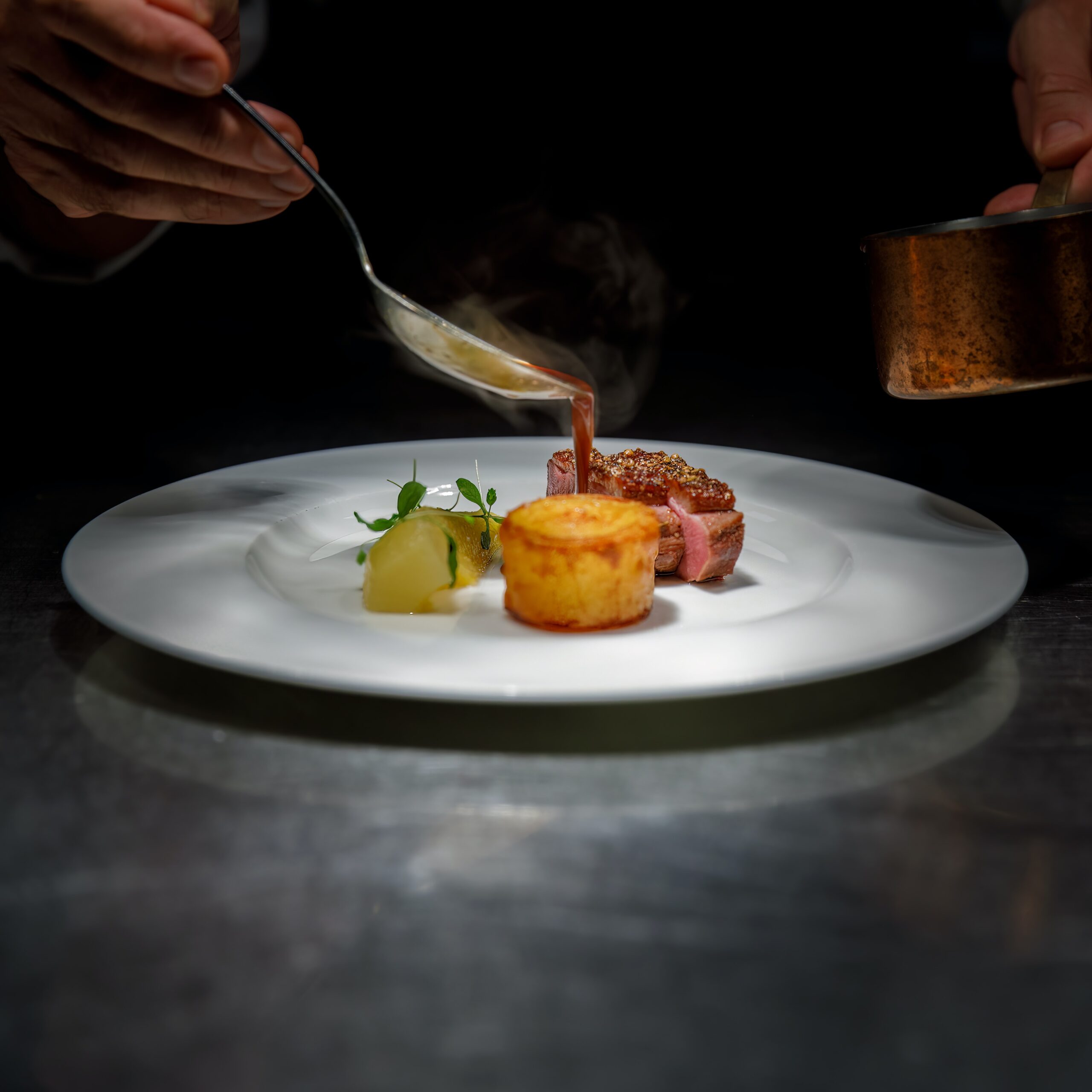
Imagine the convenience of cooking your favorite sous vide dishes right in a trusty glass jar. It’s an intriguing idea, isn’t it? But before you go ahead and grab that mason jar from your cupboard, let’s take a closer look at whether glass jars are suitable for sous vide cooking. From safety considerations to heat distribution, we’ll explore all the factors to help you decide if glass jars are a go-to option for your next sous vide experiment. So, let’s dive right in and discover if your beloved glass jars can handle the heat!

Benefits of Using Glass Jars for Sous Vide Cooking
Glass jars offer several advantages when it comes to sous vide cooking. Whether you’re a seasoned sous vide enthusiast or just starting out, here are some reasons why using glass jars can enhance your cooking experience:
Durability
One of the major benefits of using glass jars for sous vide cooking is their durability. Unlike plastic bags that can tear or leak, glass jars provide a sturdy and reliable option. They are less likely to break or crack during the cooking process, giving you peace of mind while your food is being cooked.
Non-reactive Material
Glass is a non-reactive material, which means it won’t interact with the food you’re cooking. This is especially important when cooking acidic or high-fat foods, as they can cause chemical reactions with certain types of plastic. By using glass jars, you can ensure that the flavors and quality of your food remain intact, without any unwanted interactions.
Transparency
Another advantage of glass jars is their transparency. Being able to see through the jar allows you to easily monitor the cooking process. You can visually check the texture and doneness of the food without having to open the jar or remove it from the water bath. This helps you maintain control over the cooking time and guarantees consistent results.
Ease of Cleaning
Glass jars are incredibly easy to clean. Unlike vacuum-sealed bags or other specialized sous vide containers, glass jars can be quickly washed, either by hand or in the dishwasher. This makes them a convenient option for sous vide cooking, as you don’t have to worry about scrubbing or sanitizing complicated equipment after each use.
Types of Glass Jars Suitable for Sous Vide Cooking
When it comes to choosing glass jars for sous vide cooking, there are several options available. Here are three popular choices that are commonly used for this cooking method:
Mason Jars
Mason jars are a classic choice for sous vide cooking. With their sturdy construction and secure lids, they can withstand the high temperatures and prolonged cooking times associated with sous vide. Plus, they come in various sizes, allowing you to choose the jar that best fits your needs.
Weck Jars
Weck jars are another excellent option for sous vide cooking. These German-made glass jars feature a rubber ring and metal clamps, creating an airtight seal. The removable rubber ring ensures proper sealing while allowing easy cleaning between uses. Weck jars come in different shapes and sizes, providing versatility in your sous vide cooking.
Kilner Jars
Kilner jars, originating from England, are known for their distinctive clip-top design. They have a secure lid that locks in place, creating an airtight seal. Kilner jars are available in various sizes and are ideal for sous vide cooking, as their well-designed sealing mechanism ensures that no water can enter the jar during the cooking process.
Considerations before Using Glass Jars for Sous Vide Cooking
Before you start using glass jars for sous vide cooking, there are a few things to consider. These considerations will help you ensure a successful and safe sous vide experience:
Temperature Limitations
Glass jars have temperature limitations, and it’s important to take note of them. While most glass jars can withstand the typical sous vide cooking temperatures ranging from 130°F to 195°F (54°C to 90°C), it’s crucial to check the specific temperature limits of the jars you’re using. Exceeding these limits can cause the glass to crack or shatter, posing a safety risk.
Vacuum Sealing
Unlike vacuum-sealed bags commonly used in sous vide cooking, glass jars do not provide an airtight seal on their own. This means that air can still enter the jar, potentially affecting the cooking process. To overcome this, you can use alternative methods like adding a lid with a hole or using silicone sleeves or bands to create a better seal.
Floating Concerns
When using glass jars for sous vide cooking, it’s important to ensure that the jars remain fully submerged in the water bath. Floating jars can lead to inconsistent cooking results and can affect the safety of the cooking process. To prevent floating, you can use various techniques like adding weights or using vacuum sealing accessories.
Steps to Use Glass Jars for Sous Vide Cooking
Using glass jars for sous vide cooking requires a few simple steps to ensure a successful cooking experience. Here is a step-by-step guide to using glass jars in your sous vide setup:
Prepping the Jars
Before using glass jars for sous vide, make sure they are clean and free from any cracks or defects. Inspect the jars for any chips or damage that could compromise their integrity during the cooking process. It’s also important to check the lids for a proper seal. If using Weck or Kilner jars, ensure the rubber rings and clamps are in good condition.
Filling and Sealing the Jars
When filling the glass jars, leave enough headspace to account for expansion during cooking. It’s recommended to fill the jars no more than two-thirds full. Once the jars are filled, secure the lids tightly. If you’re using Mason jars, simply screw on the lids until snug. Weck or Kilner jars may require additional steps to create an airtight seal, such as positioning the rubber ring properly and applying the clamps.
Sous Vide Cooking Process
Place the filled and sealed jars in the water bath, ensuring they are fully submerged. It’s vital to follow the sous vide recipe or guidelines regarding cooking time and temperature for your specific ingredients. Remember to monitor the water level and add more if necessary. The transparency of glass jars allows you to easily check the progress of your food without opening the jars.
Post-Cooking Steps
Once the cooking time has elapsed, carefully remove the jars from the water bath. Be cautious, as the jars can be hot. If you’re planning to store the food, cool the jars at room temperature for a short period before transferring them to the refrigerator. It’s important to note that glass jars can withstand temperature changes, but extreme temperature variations should be avoided to prevent breakage.

Alternative Methods to Use Glass Jars for Sous Vide Cooking
If you encounter challenges with using glass jars for sous vide cooking, there are alternative methods you can try to enhance their effectiveness:
Using a Lid with a Hole
To achieve a better seal, you can use a lid with a hole that accommodates an immersion circulator. This method allows the circulator to be inserted into the jar, generating a more consistent temperature throughout the cooking process. The hole in the lid ensures that there is minimal air exchange, maintaining the sous vide environment.
Using Silicone Sleeves or Bands
Silicone sleeves or bands can be placed around the neck of the glass jars to provide a tighter seal. These sleeves are heat-resistant and create a barrier between the jar and the water, preventing water from seeping into the jar. The silicone bands also help prevent the lids from loosening during cooking, ensuring a more secure seal.
Using Vacuum Sealing Accessories
To achieve a truly airtight seal, you can use vacuum sealing accessories designed for glass jars. These accessories typically include a vacuum pump and special lids with one-way valves. The vacuum pump removes the air from the jar, creating a vacuum seal that prevents any air or moisture from entering the jar during cooking.
Recipes Ideal for Glass Jars Sous Vide Cooking
Glass jars are perfect for a variety of recipes in sous vide cooking. Here are some examples of dishes that work exceptionally well when cooked in glass jars:
Custards and Puddings
Custards and puddings are perfectly suited for glass jars sous vide cooking. The precise temperature control of sous vide ensures smooth and creamy textures, while the transparency of the glass jars allows for easy monitoring of the cooking process. From classic vanilla custard to rich chocolate pudding, glass jars provide an elegant and convenient way to prepare these delectable desserts.
Infused Oils and Vinegars
Infusing oils and vinegars with herbs, spices, or other flavors is a popular culinary technique. Sous vide cooking in glass jars is an excellent method for creating infused oils and vinegars with consistent and intense flavors. The sealed jars prevent any evaporation, preserving the aromatic qualities of the ingredients.
Pickled Vegetables
Pickling vegetables is a wonderful way to preserve their freshness and add tangy flavors to your dishes. Glass jars are an ideal vessel for pickling sous vide, as they provide a sterile environment and allow you to monitor the pickling process. The controlled temperature of sous vide ensures that the pickling brine penetrates evenly, resulting in crisp and flavorful pickles.

Frequently Asked Questions about Using Glass Jars for Sous Vide Cooking
Are all glass jars safe for sous vide cooking?
Not all glass jars are safe for sous vide cooking. It’s important to use glass jars that are specifically designed to withstand high temperatures. Check the temperature limitations of your glass jars and ensure they can handle the range of temperatures used in sous vide cooking.
Can I use glass jars with metal lids?
Yes, glass jars with metal lids can be used for sous vide cooking, as long as the lids provide a secure and airtight seal. Make sure the metal lids are tight and in good condition to prevent water from entering the jar during cooking.
What is the maximum temperature glass jars can withstand?
The maximum temperature glass jars can withstand varies depending on the type and quality of glass. High-quality tempered glass jars can typically withstand temperatures up to 195°F (90°C). However, it’s essential to check the manufacturer’s guidelines or conduct a temperature test before subjecting the jars to extreme heat.
Conclusion
Using glass jars for sous vide cooking offers several benefits that enhance your cooking experience. They provide durability, non-reactive material, transparency, and ease of cleaning. Mason jars, Weck jars, and Kilner jars are popular choices that are suitable for sous vide cooking. Before using glass jars, consider temperature limitations, vacuum sealing, and floating concerns. By following the steps to use glass jars, you can ensure a successful sous vide cooking process. If you encounter any challenges, alternative methods like using a lid with a hole, silicone sleeves or bands, or vacuum sealing accessories can be employed. Glass jars are ideal for preparing custards and puddings, infusing oils and vinegars, and pickling vegetables. Remember to choose suitable glass jars, ensure proper sealing, and adhere to temperature guidelines for safe and delicious sous vide cooking.



